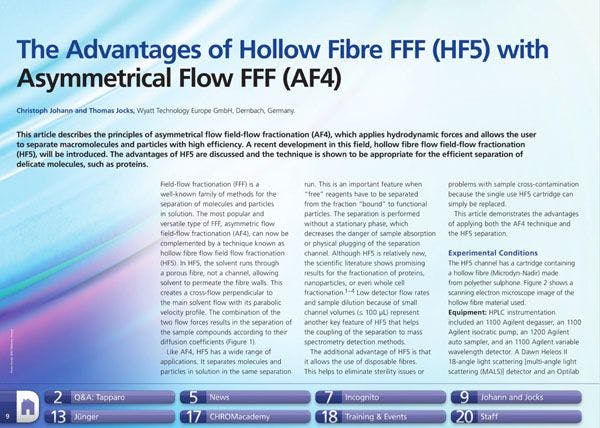Sugar intake biomarker
A new candidate biomarker of sugar and sugar-sweetened beverage (SSB) intake has been proposed in a recent study published in the Journal of Nutrition.1 The study presents the carbon isotope ratio of alanine as a new biomarker for use in studies monitoring dietary sugar intake
A new candidate biomarker of sugar and sugar-sweetened beverage (SSB) intake has been proposed in a recent study published in the Journal of Nutrition.1 The study presents the carbon isotope ratio of alanine as a new biomarker for use in studies monitoring dietary sugar intake.
Scientific studies following the dietary intake of sugar are often dependent on questionnaires, interviews, or self-reporting of patients; however, it has been shown that most patients find it difficult to maintain accurate records. Corresponding author of the study, Diane O’Brian, said that this is specifically true for sugar intake, as research has demonstrated. Valid biomarkers can improve accuracy of diet studies, further improving the understanding of links between diet and diseases — specifically, studies attempting to determine the contribution of sugar intake to obesity and chronic disease risk.
In the US, 75% of dietary sugar originates from sugar cane and corn that are naturally enriched by the heavy stable isotope of carbon, 13C. The team sought to identify whether a correlation existed between the levels of13C ingested and the ratio of δ13Calanine in essential amino acids.
Urine assays to assess levels of sucrose and fructose have been validated, but repeated collections and day-to-day variability are limiting. The authors suggest that a biomarker that could be measured within single hair and blood samples would be an ideal addition to clinical studies.
The scientists recruited 68 participants from two coastal Yup’ik communities in Southwest Alaska to take part in the study. Blood and hair samples were collected and analysed by gas chromatography–combustion–isotope ratio mass spectrometry (GC–C–IRMS) to determine associations between ¬13 C in essential amino acids and sugar intake. δ13Calanine was found to be strongly associated.
O’Brian told The Column: “We measured the carbon isotope ratio in alanine, an amino acid that has a close metabolic link to glucose. Glucose derives from dietary starches and sugars — the greater the intake of corn and cane-based sugars, the higher the carbon isotope ratio of glucose.” She added: “Alanine essentially captures a longer-term record of the isotope ratio of glucose, that can be measured in the proteins abundant in blood and hair.”
Reference
1. K. Choy et al., Journal of Nutrition143, 878–884,DOI: 10.3945/jn.112.172999 (2013).
This story originally appeared in The Column. Click here to view that issue.
Detecting Hyper-Fast Chromatographic Peaks Using Ion Mobility Spectrometry
May 6th 2025Ion mobility spectrometers can detect trace compounds quickly, though they can face various issues with detecting certain peaks. University of Hannover scientists created a new system for resolving hyper-fast gas chromatography (GC) peaks.
University of Oklahoma and UC Davis Researchers Probe Lipidomic Profiles with RP-LC–HRMS/MS
May 6th 2025A joint study between the University of Oklahoma Health Sciences Center (Oklahoma City, Oklahoma) and the UC Davis West Coast Metabolomics Center (Davis, California) identified differentially regulated lipids in type 2 diabetes (T2D) and obesity through the application of reversed-phase liquid chromatography-accurate mass tandem mass spectrometry (RP-LC-accurate MS/MS).
Automated Sample Preparation (ISO 20122) for MOSH/MOAH in Seasoning Oils
May 6th 2025This work presents an Automated Sample Preparation procedure for MOSH/MOAH analysis of Seasoning Oils. We compare results from a manual epoxidation procedure compliant with DIN 16995 with results based on fully automated sample preparation (epoxidation and saponification) compliant with ISO 20122. In both cases, online clean-up via activated aluminum oxide (AlOx) are used to remove interfering n-alkanes from the MOSH fraction during the HPLC run. Automated data evaluation using a dedicated software (GERSTEL ChroMOH) is presented.

.png&w=3840&q=75)

.png&w=3840&q=75)



.png&w=3840&q=75)



.png&w=3840&q=75)








